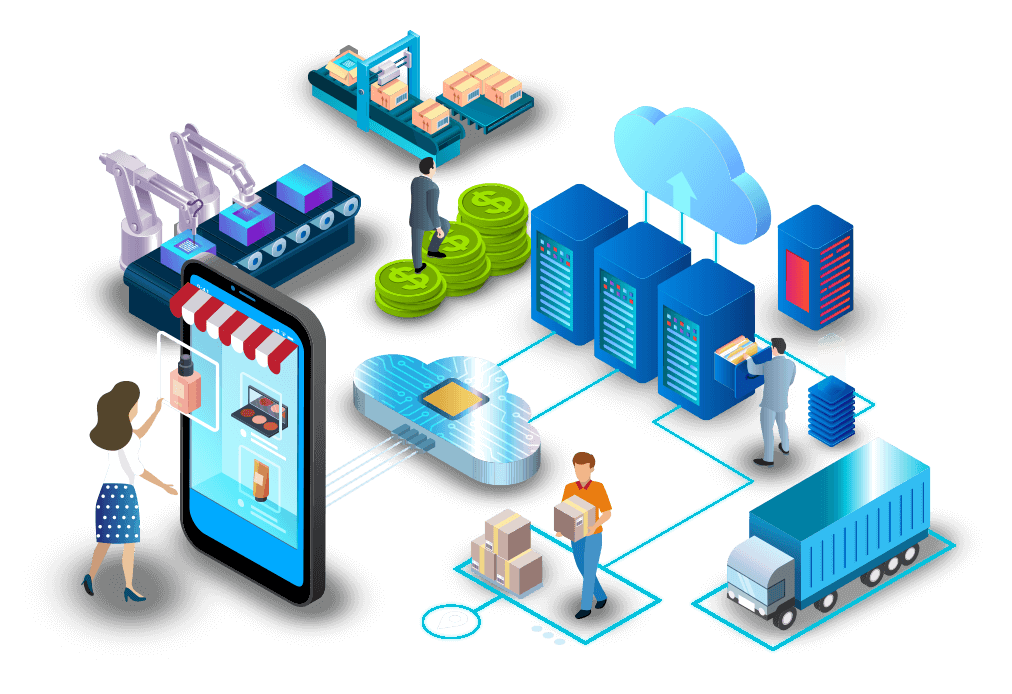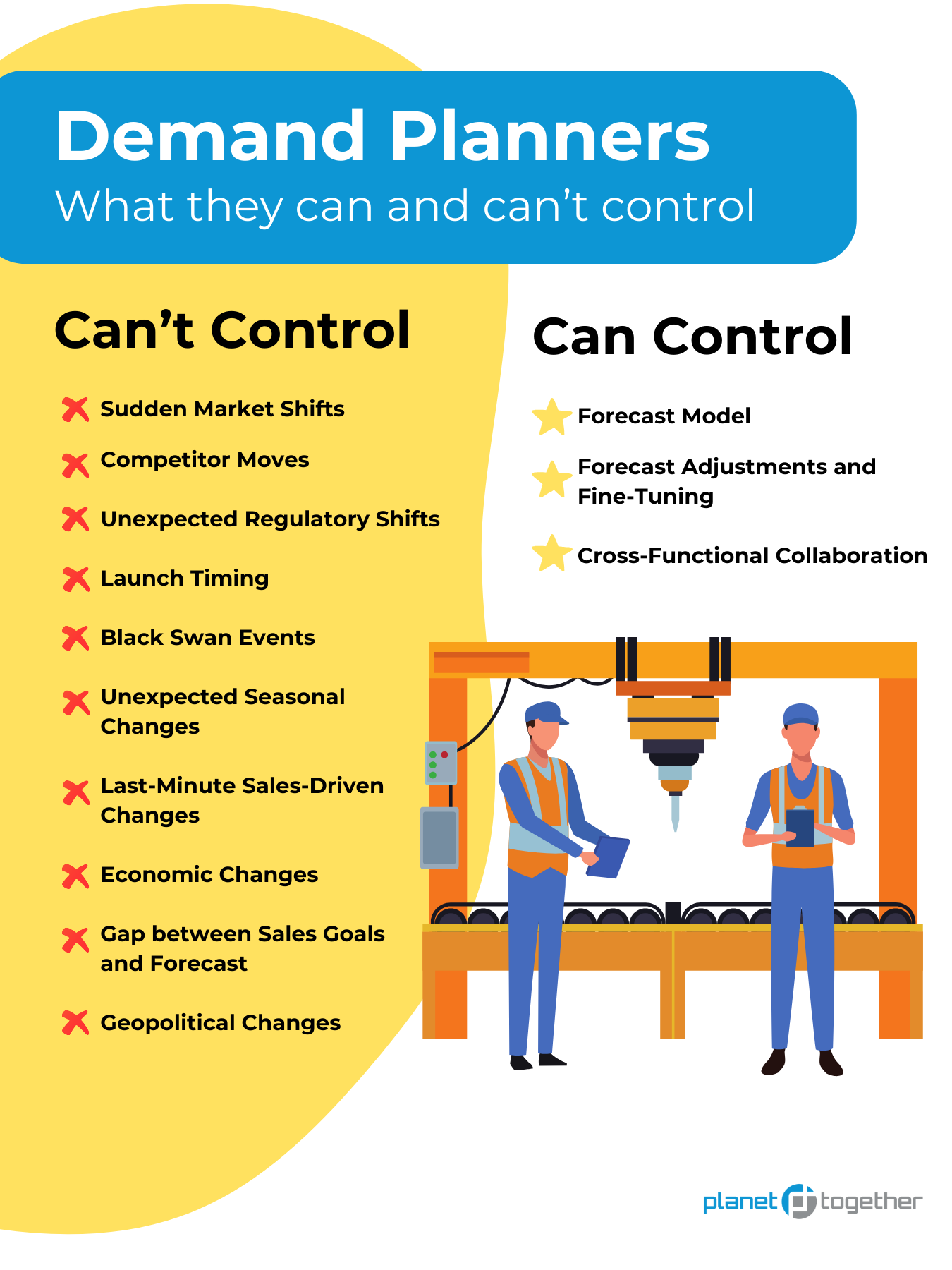Topics: Digital Transformation, A More Synchronized Supply Chain, Adapt Quickly to Changing Market Conditions, Digital Supply Chain, Achieving Sustainability, IMTEK
Everything is about speed and convenience. We’re living in an era of instant gratification—whether it’s a movie on demand, same-day delivery, or food delivered to our doorstep in 30 minutes or less. Consumers expect the world to revolve around them, and businesses have adapted to meet these demands.

The same shift is happening in manufacturing. The luxury of efficiency is now something manufacturers need to offer to stay competitive. But while customers want faster products and services, manufacturers are caught in a delicate balance between speed and profitability.
Think about your shopping experience. When was the last time you ordered something online and didn’t expect it to arrive within a few days? The consumer trend has drastically shifted—thanks to giants like Amazon, where delivery times have shrunk to hours rather than days. According to a survey by McKinsey, 61% of consumers expect fast delivery as a standard, and 43% expect it within two days. This is no longer a 'nice-to-have'—it’s become the baseline expectation.
The demand for speed isn’t just limited to the consumer goods space. Manufacturing and supply chains are now under similar pressure to deliver faster without sacrificing quality or price.

But as manufacturers move to meet these heightened expectations, they’re finding that maintaining the balance between speed and profitability is no easy task.
Let’s consider the cost of inefficiency. A study by the American Productivity & Quality Center (APQC) found that 40% of manufacturers face significant losses due to poor production planning and scheduling. That’s not just a matter of minor setbacks—it’s money down the drain.
Without a solid planning system in place, it’s easy to waste valuable resources, overproduce, or fall short on fulfilling orders. The challenge is that, unlike consumers, manufacturers can’t just click a button to fix these issues. The entire production process needs to be aligned to ensure that everything runs smoothly. And when it doesn't, it's the bottom line that suffers.

If efficiency isn’t handled well, it can quickly lead to problems like overproduction, waste, and a hit to margins.
To meet these demands without sacrificing profitability, manufacturers need robust systems that allow them to plan effectively, manage resources efficiently, and forecast with precision. Here’s where Advanced Planning and Scheduling (APS) software comes in. By integrating real-time data into decision-making, APS helps manufacturers streamline their processes, reduce downtime, and allocate resources better—all while keeping up with the pace of demand.

The key here is efficiency. It’s not just about getting products to consumers faster—it’s about creating an efficient, scalable system that allows for both speed and profitability. Advanced Planning and Scheduling tools, like the ones offered by PlanetTogether in collaboration with partners like IMTEK, help manufacturers meet these demands.
By incorporating APS into their operations, manufacturers can reduce lead times, optimize resources, and ensure that they’re operating at peak efficiency—ultimately delivering products faster, reducing waste, and increasing profits. The result? A win for both the consumer and the manufacturer.
Want to see how APS can transform your operations?
If you're interested in learning more about how Advanced Planning and Scheduling can streamline your production processes and help meet today’s consumer demands, request a demo from PlanetTogether!
Topics: Digital Transformation, A More Synchronized Supply Chain, Adapt Quickly to Changing Market Conditions, Digital Supply Chain, Achieving Sustainability, IMTEK
0 Comments







LEAVE A COMMENT